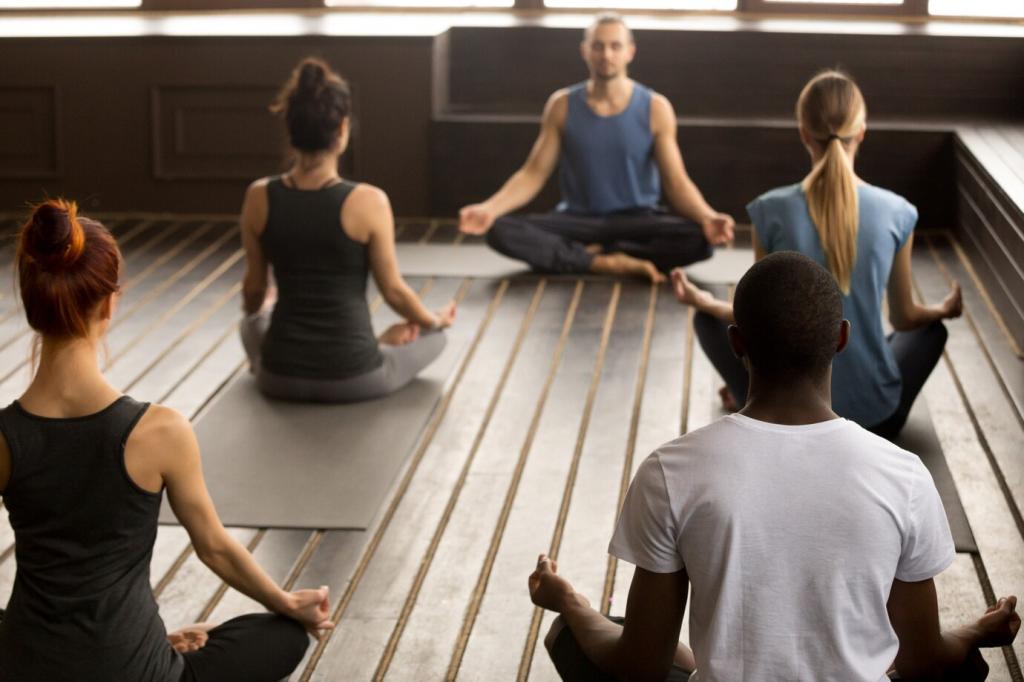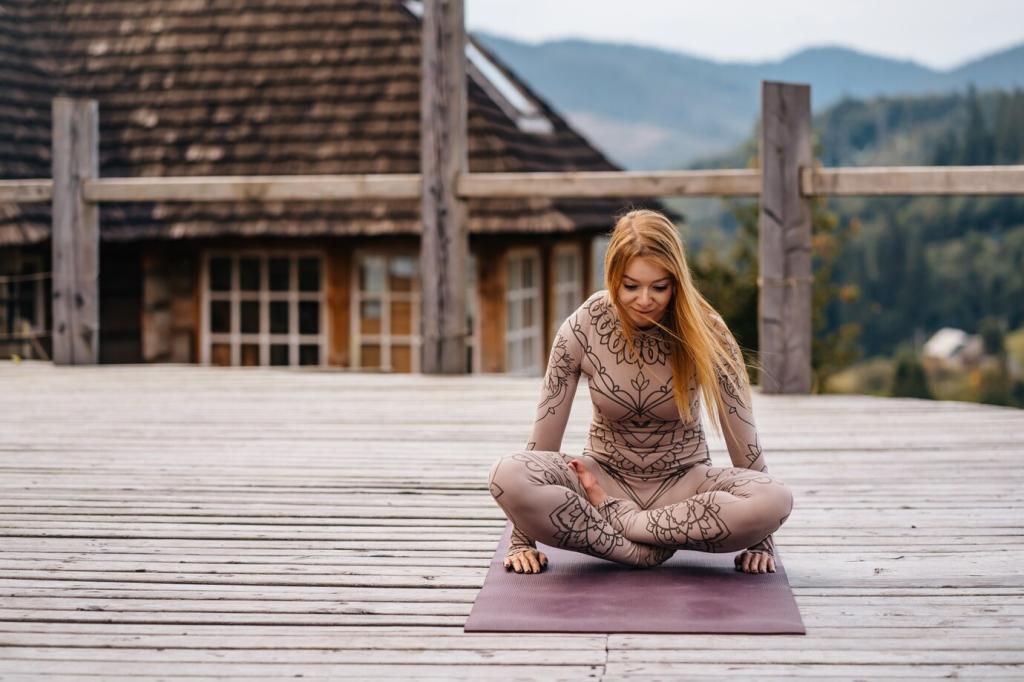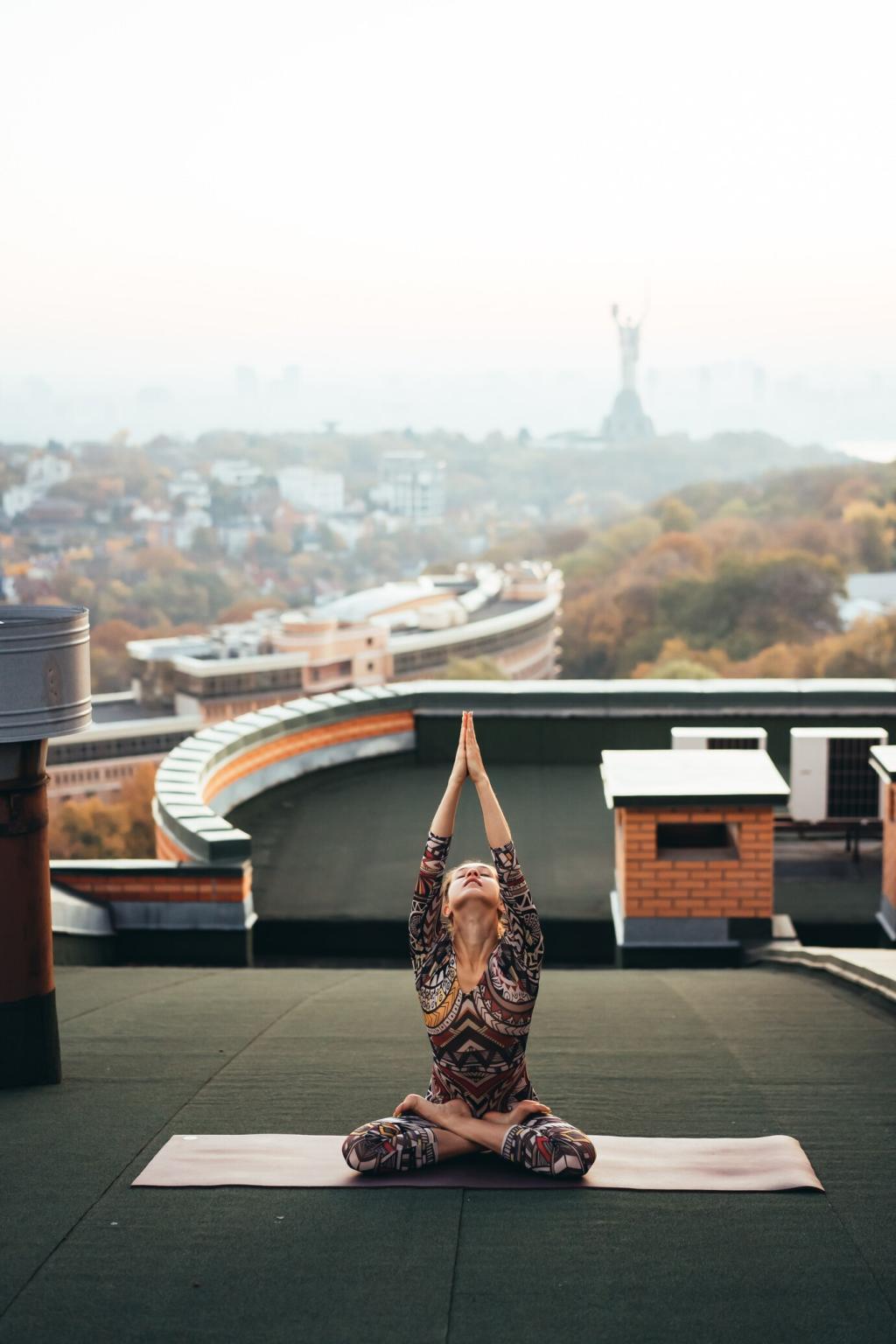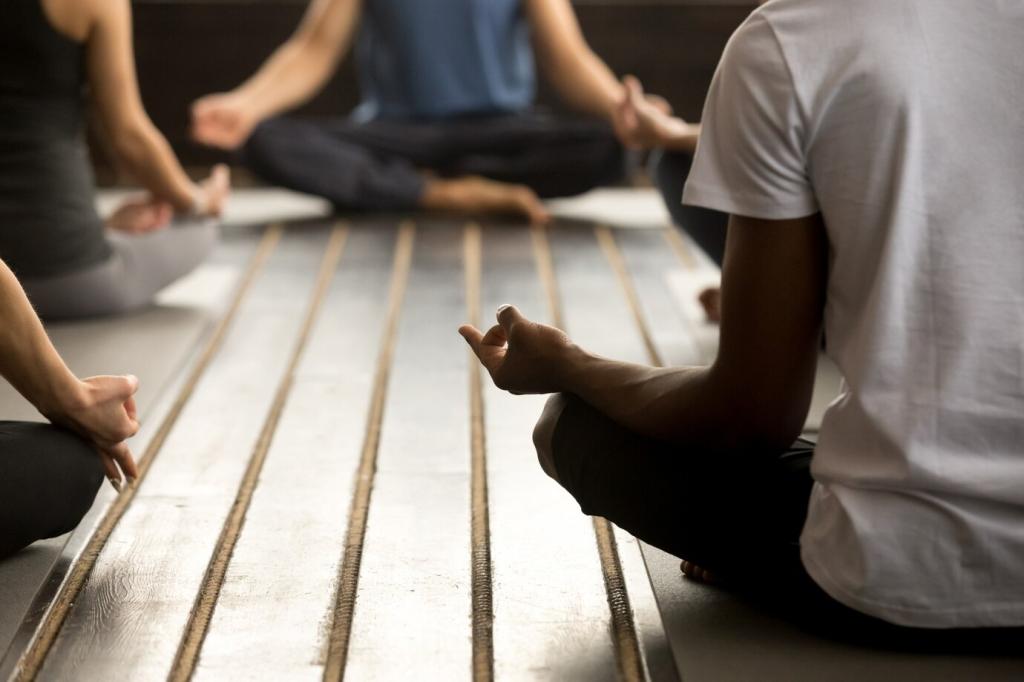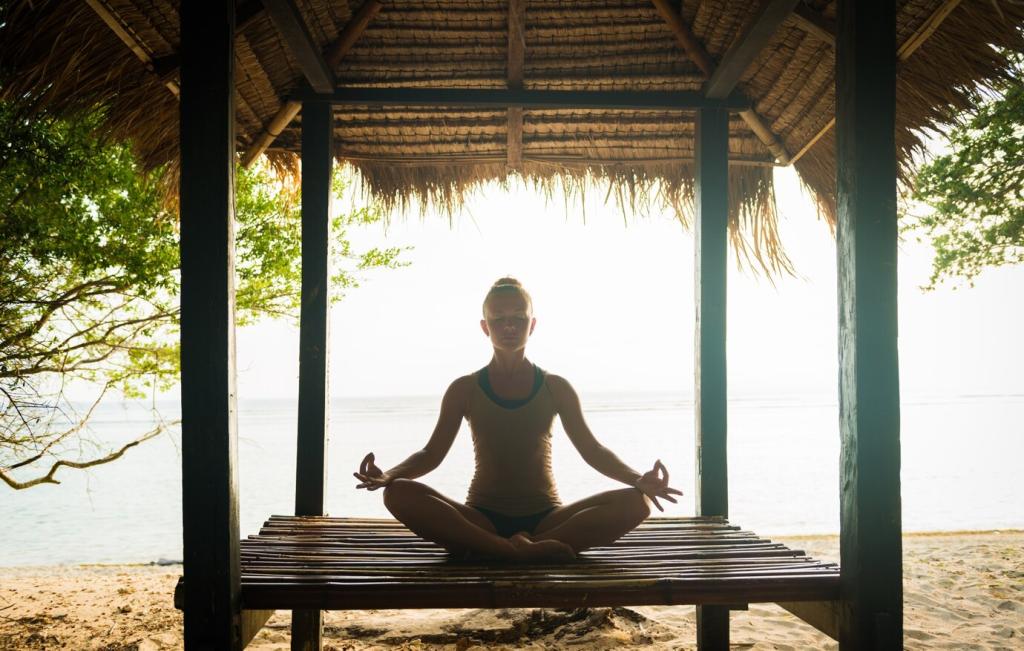Color, Materials, and Shadow Play
Choose matte or eggshell finishes to minimize glare, with light reflectance values around 60–70 for gentle brightness. Soft sage, clay, or warm gray holds light like a hug. When I shifted from stark white to muted sage, evening meditations felt instantly calmer.
Color, Materials, and Shadow Play
Mirrors can amplify light and help alignment, yet they also double visual input. Keep frames soft and avoid placing mirrors where lights reflect directly into eyes. Minimize exposed chrome; it creates hotspots. Let the mirror serve calibration, not constant critique.

